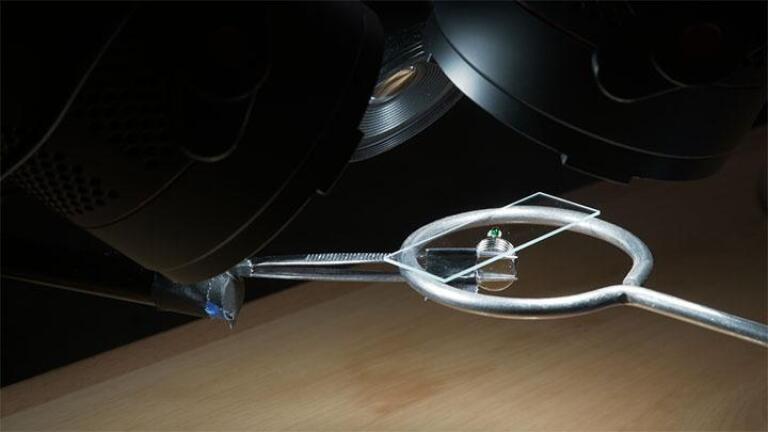Back to Show
Reactions
The Invisible Tsunami That Killed 1,500 People in One Night
Season 6
Episode 10
On August 21, 1986, violent explosions rocked Cameroon’s Lake Nyos. A wave of water over 15 meters high flattened vegetation along the southern shore, but a second deadly, nearly invisible wave of carbon dioxide blanketed the nearby towns, suffocating residents and animals. In this episode, we investigate how a lake could explode and shoot out a gigantic wave of deadly carbon dioxide gas.
Support Provided By

15:15
Are there really microplastics in chewing gum? George tries to find out.

8:46
Is water bending real?

11:15
George tries to make a new discovery in a huge field of science... and he might have.

12:00
This week Alex takes to the lab and investigates the stable isotopes in 20 different honeys.

20:29
Rubbing two balloons together leads George to a shocking discovery.

11:25
Is baking soda a legal, performance enhancing drug?

8:10
George tries to make electricity using dialysis tubing, toilet parts, and a baby turbine.

13:59
Alex wonders what happens when hot water freezes quicker than room temperature water?

9:56
Could a seemingly magical 300-year-old technology save us from climate change?

14:50
Fluoride is everywhere in the discourse but here’s what the research actually says.

9:47
How does a lifesaving drug vanish into thin air?

9:36
is there really a difference in the Coca-Cola from Mexico?











